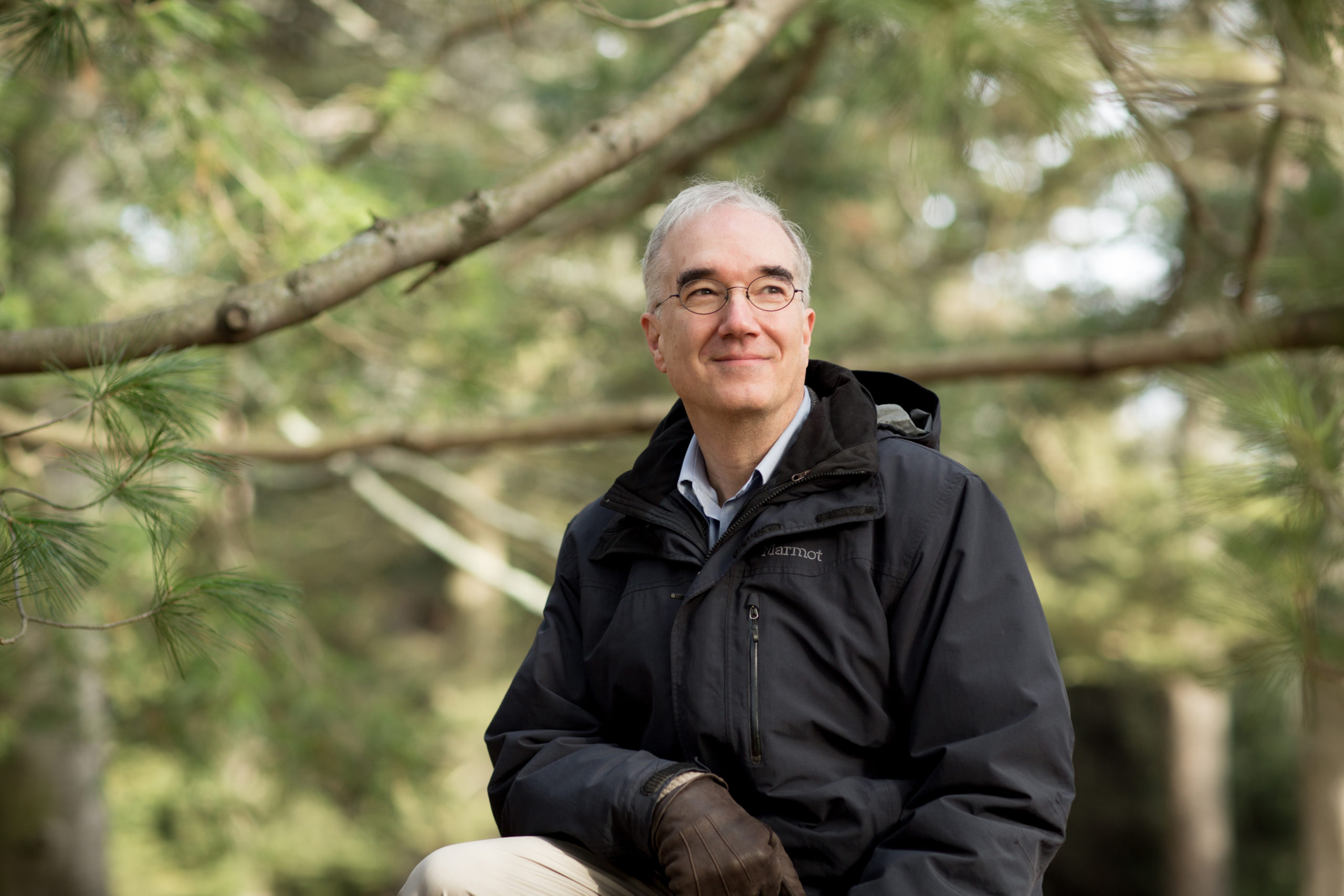Seventy-three years is a long wait. That’s what it took between the Arnold Arboretum’s Ernest Henry Wilson (the great explorer of Asian plant biodiversity in the early twentieth century) first observing seven son flower (Heptacodium miconioides) in Hubei in 1907 and its arrival in the living collections here in Boston. Only in 1980, with the Arnold Arboretum’s participation in the historic Sino-American Botanical Expedition, did seeds cross an ocean to be germinated in the Dana Greenhouses and eventually make their way onto the grounds. Clearly, we take the long view of things here at the Arnold Arboretum!

Heptacodium (there is only one species in the genus) was well worth the wait. In late summer, these tall shrubs with magnificent peeling bark, produce a wonderful show of white flowers (lower left; 1549-80*D) much appreciated by insect pollinators looking for a nectar fix. But, the best is yet to come. After being pollinated, the white petals abscise and the small (easily overlooked) green sepals quintuple in size and turn a dramatic crimson red (why?). October is the perfect time to see this dazzling show, against a blue sky (lower right; 425-91*B) or in the late afternoon (say, 4:15pm) when the sun is low and the fruits are backlit and literally glow (upper image; 425-91*B). The most dramatic grouping of these plants can be found on Bussey Hill in Explorers Garden.
Although rare in the wild, there appear to be a small number of populations in Anhui, Hubei, and Zhejiang provinces. Read in Arnoldia all about how this endangered Chinese species was finally collected and brought to the Arboretum to be given safe harbor in botanical gardens (ex-situ conservation) in a world that is not particularly kind to our biodiverse brethren.

